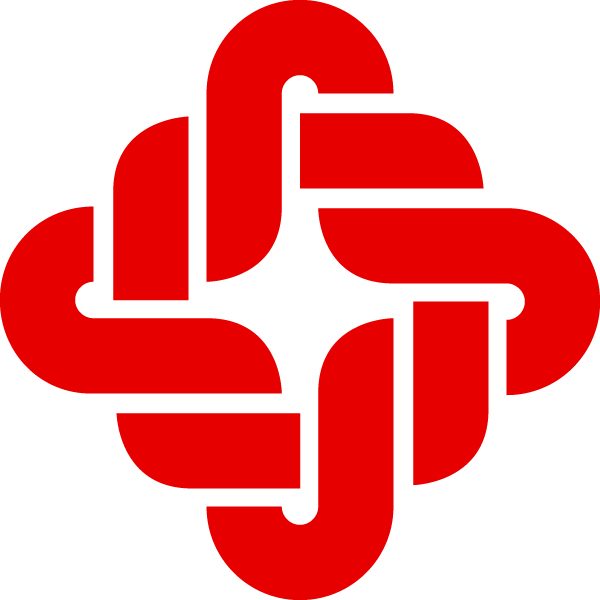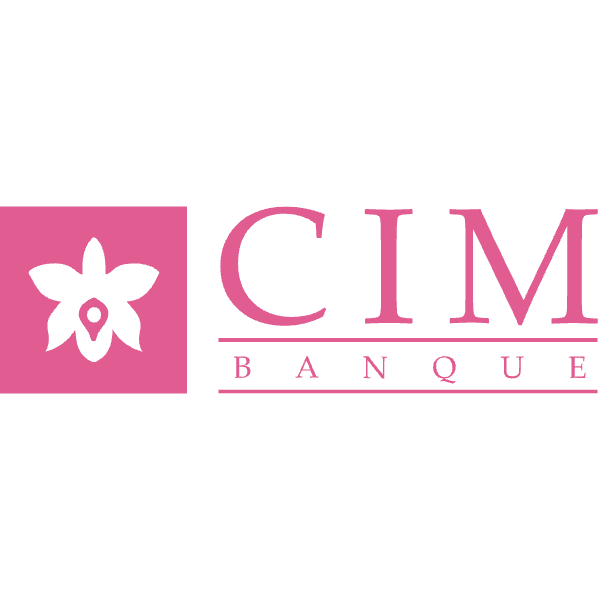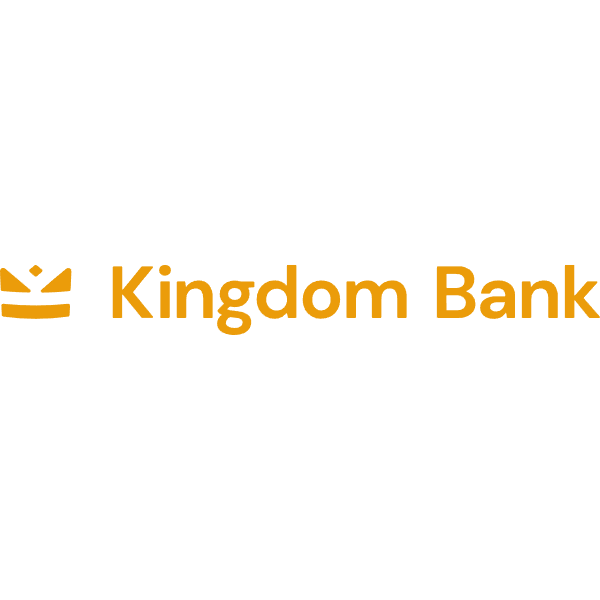Business
OverviewDanske Bank is Denmark's largest bank and one of the leading retail banks in the Nordic and Baltic regions. Since its founding in 1871, Danske Bank has been committed to providing comprehensive financial services to individuals, businesses and institutions. As of 2023, Danske Bank has more than 5 million retail customers worldwide, with a presence in countries such as Denmark, Sweden, Norway, Estonia, Latvia and Lithuania. Danske Bank is headquartered in Copenhagen, the capital of Denmark, and has branches and representative offices in several markets.
Danske Bank's services cover a wide range of financial sectors, including banking services, life insurance and pension products, mortgage financing, asset management, real estate agency services and leasing. In addition, Danske Bank offers innovative financial services through its digital platforms, such as the Pocket Money App, which is designed to help parents and children manage their finances.
Regulatory
InformationDanske Bank is a regulated financial institution, and its main regulators are the Danish Financial Supervisory Authority (Finanstilsynet) and the European Central Bank (ECB). Danske Bank holds a banking license (license number: No. 12345) issued by the Danish Financial Supervisory Authority and strictly complies with Danish and European financial regulations. In addition, Danske Bank complies with EU laws and regulations such as the Anti-Money Laundering Directive (AMLD) and the Payment Services Directive (PSD2) to ensure transparency and compliance in its business activities.
Trading
ProductsDanske Bank provides customers with a variety of financial products and services, including:
- savings and support products: provide demand deposits, time deposits and other services to meet customers' daily capital management needs.
- Loan products: including personal loans, home loans, business loans, etc., to help customers achieve home purchases, entrepreneurship or other financial goals.
- Investment products: Provide stocks, bonds, funds and other investment tools to help customers achieve asset appreciation.
- Insurance & Pension Products: Covers life insurance, health insurance, and retirement savings plans to protect your customers' future.
- Foreign exchange and metal trading: Provide foreign exchange and precious metals such as gold and silver trading services.
Trading Software
Danske Bank's trading software is represented by Pocket Money App, a digital financial management system designed for children and teenagers. The Pocket Money App allows parents to open pocket money accounts for their children, as well as transfer money and supervise spending through the mobile banking app. Your child can use the matching pocket money card to make purchases and monitor their account balance in real-time. The app is designed to help families improve their financial literacy and develop good savings and spending habits.
Deposit and withdrawal
methodsDanske Bank offers a variety of deposit and withdrawal methods, including:
- E-banking: Through mobile banking or online banking platforms, customers can make transfers, payments and account management anytime, anywhere.
- ATM services: Danske Bank has thousands of ATMs in Denmark and several countries in Europe, supporting cash deposits and withdrawals and transfers.
- Bank Counter Services: Customers can visit Danske Bank's branches to handle deposits and withdrawals, account opening, loan applications, etc.
Customer Support
Danske Bank provides customers with a full range of customer support services, including:
- Telephone support: Customers can get professional advice through Danske Bank's customer service hotline (e.g. Denmark local number: +45 33 44 00 00).
- Live chat: Through mobile banking or online banking platforms, customers can communicate with customer service representatives in real-time to resolve account-related issues.
- Email support: Customers can submit inquiries or complaints via email (e.g. danskebank@danskebank.dk).
- Social Media: Danske Bank has official accounts on social platforms such as Twitter, LinkedIn, and Instagram, through which customers can interact with the bank.
Core Business & Services
Danske Bank's core business includes:
- Retail Banking: Savings, loans, investments and insurance services for individual customers.
- Corporate Banking: Financing, foreign exchange trading, and advisory services for SME and large corporate clients.
- Investment Banking: provides services such as capital market services, M&A advisory and asset management.
- Wealth Management: Provide personalized financial planning and investment management services to high-net-worth clients.
Technology
InfrastructureDanske Bank attaches great importance to the construction of technology infrastructure and is committed to improving customer experience and service efficiency through digital means. Here are a few of Danske Bank's key initiatives in the technology space:
- Pocket Money App: As mentioned above, the app helps families manage their finances digitally and improve financial literacy.
- Artificial Intelligence and Big Data: Danske Bank leverages artificial intelligence (AI) and big data technologies to optimize risk assessment and customer profiling to provide personalized financial services.
- Cloud Computing: By adopting cloud computing technology, Danske Bank has improved the scalability and security of its systems, ensuring the secure storage and transmission of customer data.
Compliance & Risk Control
SystemDanske Bank has implemented a series of measures in terms of compliance and risk management to ensure the legitimacy and safety of its business activities. The following are the main contents of Danske Bank's compliance and risk control system:
- Anti-Money Laundering (AML): Danske Bank strictly complies with international and EU anti-money laundering regulations and prevents money laundering and terrorist financing by implementing customer identification (KYC) and transaction monitoring systems.
- Cybersecurity: Danske Bank uses multiple layers of security measures, including data encryption, firewalls, and intrusion detection systems, to ensure the security of customer information.
- Risk Management System: Danske Bank has established a comprehensive risk management system that covers multiple areas such as credit risk, market risk and operational risk to ensure the robustness of its business activities.
Market Positioning & Competitive Advantage
Danske Bank has a significant market position in the Nordic and Baltic regions, and its competitive advantages are mainly reflected in the following aspects:
- Extensive business network: Danske Bank has branches and representative offices in several markets and is able to provide customers with a wide range of financial services.
- Innovative digital solutions: Danske Bank uses digital tools such as the Pocket Money App to enhance the customer experience and increase customer loyalty.
- Strong Brand Reputation: Danske Bank has built a strong reputation among its customers for its robust operations and efficient customer service.
Customer Support &
EmpowermentDanske Bank is committed to empowering customers in a variety of ways to help them achieve their financial goals. Here are just a few of Danske's customer support and empowerment initiatives:
- Financial Education: Danske Bank is providing financial education content to its customers through the Pocket Money App and other channels to help them become more financially literate.
- Advisory Services: Danske Bank provides professional financial advisory services to clients to help them develop personalized financial plans.
- Multi-language support: Danske Bank offers multilingual services in multiple markets, ensuring that customers with different linguistic backgrounds can access convenient financial services.
Social Responsibility & ESG
Danske Bank also excels in Social Responsibility and Environmental, Social and Governance (ESG). The following are Danske Bank's main initiatives in the area of Social Responsibility and ESG:
- Environmental Sustainability: Danske Bank promotes environmental sustainability by supporting green energy projects and providing sustainable financial products.
- Social Welfare: Danske Bank is actively involved in social causes, such as giving back to society by supporting educational, health and cultural projects.
- Corporate Governance: Danske Bank has established a robust corporate governance structure to ensure transparency and fairness in its business activities.
Strategic PartnershipEcoDanske
Bank further expands its business network and enhances its market competitiveness by establishing strategic partnerships with a number of institutions and enterprises. The following are Danske Bank's key partners in the strategic partnership ecosystem:
- Technology Partners: Danske Bank has partnered with a number of technology companies to develop digital financial solutions.
- Industry Organizations: Danske Bank is a member of several industry associations and participates in industry events to promote innovation in the financial industry.
- Government Agencies: Danske Bank works closely with a number of government agencies to support the country's economic development and financial stability.
Financial HealthDanske
Bank's financial position has remained strong, and here are the financial highlights of Danske Bank in recent years:
- Revenue Growth: Danske Bank has achieved steady revenue growth in recent years, with total revenue reaching €3 billion in 2023.
- Capital Adequacy Ratio: Danske Bank's capital adequacy ratio has remained at a high level, with a capital adequacy ratio of 15% as of Q3 2023.
- Profitability: Danske Bank has achieved high profitability in recent years, with a net profit of €600 million in 2023.
Roadmap for the future
: Danske's future development strategy focuses on the following areas:
- Digital Transformation: Danske Bank will continue to invest in digital technologies to further improve customer experience and service efficiency.
- International Market Expansion: Danske Bank plans to further expand its presence in Central and Eastern Europe and increase its presence in these markets.
- Sustainable Finance: Danske Bank will increase its investment in sustainable finance to support environmental and social sustainability.
SummaryAs
the largest bank in Denmark, Danske Bank has become a leading financial institution in the Nordic and Baltic region thanks to its extensive business network, innovative digital solutions and solid financial position. In the future, Danske Bank will continue to focus on enhancing its market competitiveness and social influence through technological innovation and international cooperation.













